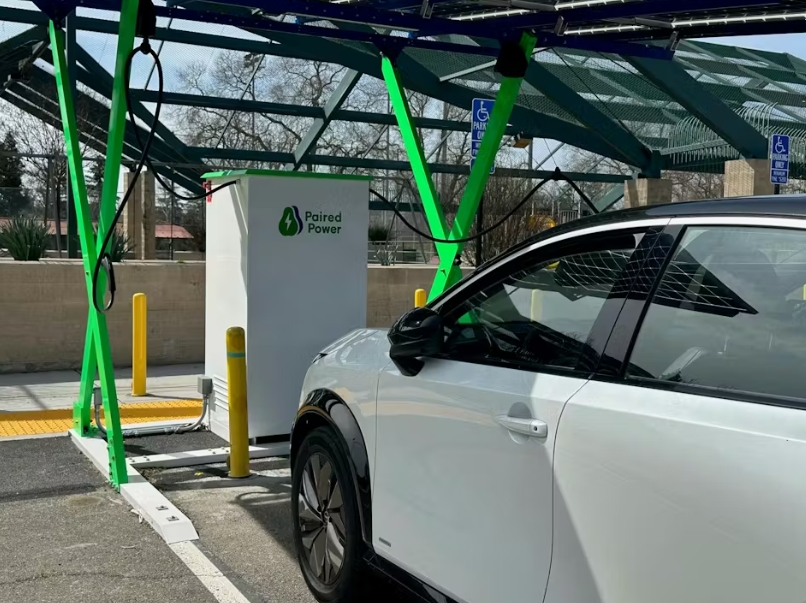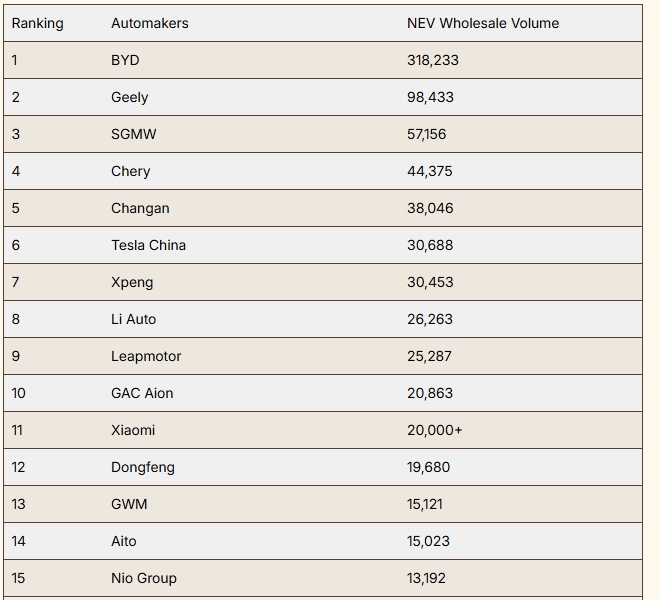Germany introduced on Thursday that it would certainly invest $445 billion to quit coal– however except an additional 18 years, by 2038.
The action demonstrates how pricey it is to quit shedding the globe’s dirtiest nonrenewable fuel source, in spite of a wide agreement that maintaining coal in the ground is crucial to avoiding an environment situation, and how politically complicated it is.
Coal, when shed, creates massive quantities of the greenhouse gas discharges that are in charge of international warming.
Germany does not have shale gas, as the United States does, which has actually led to the fast decrease of coal usage in America, in spite of President Trump’s assistance for coal. Germany likewise encounters extreme resistance to nuclear power. After the Fukushima catastrophe in 2011, that resistance motivated the federal government to begin closing down the nation’s nuclear plants, a shift that needs to be total by 2022.
The cash introduced Thursday is to be invested in making up employees, business and the 4 coal generating states– 3 in the nation’s eastern and one in the west. It adhered to months of arrangements in between local authorities and Chancellor Angela Merkel’s federal government.
“Germany, one of the strongest and most successful industry nations in the world, is taking huge steps toward leaving the fossil fuel era,” Finance Minister Olaf Scholz stated at a press conference in Berlin.
Germany’s schedule, however, might provide difficulties to the European Union’s initiatives to quickly reduced its greenhouse gas discharges, as the bloc’s new leadership has announced. Countries around the world are watching how quickly the 28-country union, which, taken together is currently the third-largest emitter of planet-warming gases, can reduce its carbon footprint. Germany is the largest economy in the European Union.
Environmental organizations criticized the government plan for being too slow and for not expanding renewable energy sources quickly enough. “The majority of the necessary reductions are being pushed to the end of the 2020s,” said Christoph Bals, policy director for the environmental group Germanwatch.
Coal is at a turning point globally. Renewable energy is getting cheaper. Private investors are shying away from new projects. There is far greater awareness of the deadly particulate matter pollution that comes out of coal-fired power plants.
Yet coal remains ascendant in some parts of the world, in part because it has been the go-to fuel for so long, it employs millions of people globally, and because the industry often enjoys robust political backing.
Eastern European countries, particularly Poland and the Czech Republic, still rely heavily on coal. The European Union this week created a €100 billion fund to aid their transition to cleaner fuels.
The Asia-Pacific is where coal continues to grow. China, which consumes half of the world’s coal, continues to build more coal plants at home and abroad. According to the International Energy Agency, China’s domestic coal demand is projected to keep growing for at least the next two years, before it levels off. China’s coal expansion puts its own climate targets at risk, though, according to a recent study partly written by the government-backed Energy Research Institute.
Not least, China’s ambitious global infrastructure building drive knows as the Belt and Road Initiative includes at least 63 coal-fired power plants.
India also continues to rely on coal. It has recently relaxed rules to encourage foreign investment in the Indian coal mining sector, and has been in talks to import metallurgical coal, used to make steel, from Russia.
And even as it reels from wildfires made more intense by climate change, Australia, one of the world’s biggest coal exporters, is digging for more, encouraged in part by the growing Asian market. Among the most contentious projects is a new $2 billion coal mine in the country’s northeast.
The German plan says lignite, also known as brown coal — which is abundant, cheap and dirty — could be phased out by 2035, depending on the progress made in the coming years.
Germany shuttered its last hard-coal mine in December, but has continued to burn lignite. In the third quarter of 2019, about 42 percent of the country’s energy came from renewables, 28 percent from coal and 14 percent from nuclear.
Some of the country’s richest coal regions are in states in the former Communist East, where the industry is a key provider of jobs. Leaders in the region had been reluctant to shut down coal production without pledges of economic investment to compensate for the loss of income.
As part of the plan, energy providers in all of Germany will receive $4.8 billion over the course of the next 15 years in compensation for shuttering their coal-burning plants, some of which will be replaced by natural gas-burning generators. The plan foresees taking 19 coal-burning power plants offline in the coming decade, beginning with the dirtiest plants later this year.
Further investment includes setting up research institutes in the east for medicine and hydrogen power and retraining for miners and other workers in the industry.







